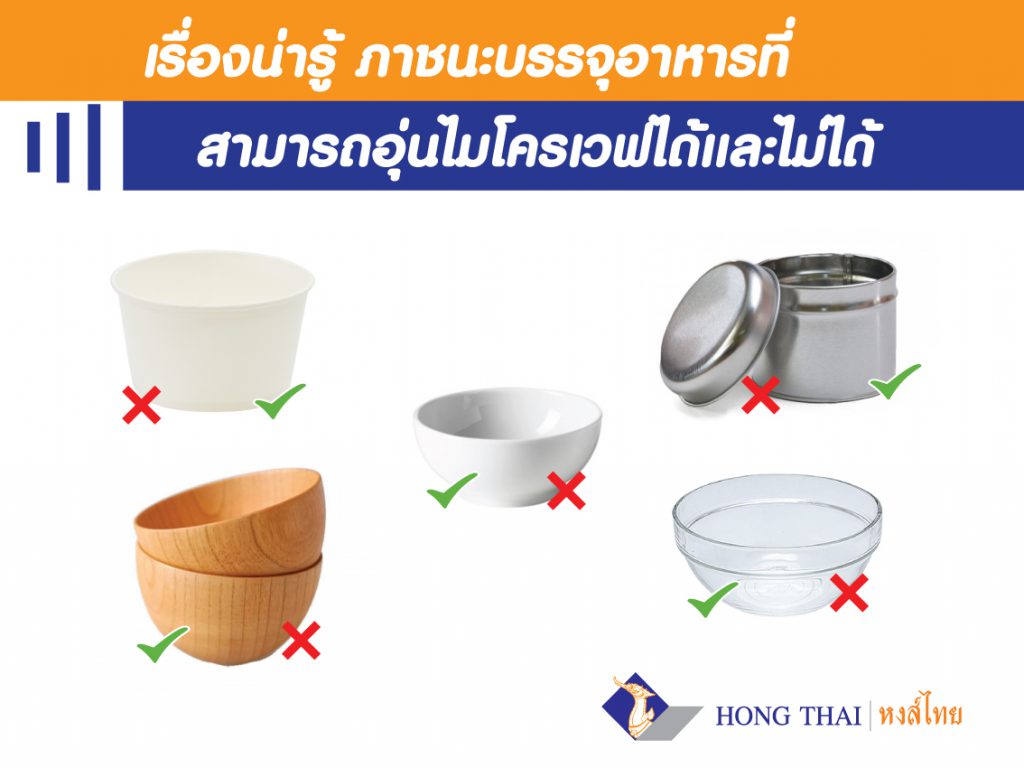The modern technology has made life more convenient. By simply purchasing ready-to-eat meals or prepared food in food and beverage packaging at department stores, convenience stores, or even restaurants, you can find food packed in containers that can be heated in a microwave right away. But how can we know which food containers are microwave-safe and which are not? This article provides the answer.
Containers That Can and Cannot Be Used in the Microwave
The microwave is an essential appliance in modern life, but there are still some who are unsure, especially regarding the types of containers or food packaging that can be safely used in the microwave. In the past, certain food packaging, such as paper cups, paper plates, and paper trays, could not be used in a microwave. However, these containers have been developed to be microwave-safe now. This has caused some confusion, especially for new cooks who are not sure which containers are microwave-friendly. Generally, here are the types of containers that can and cannot be used in the microwave:
Containers That Can Be Used in the Microwave
1. Plastic
Plastic containers that can be used in the microwave include those made from Polyethylene Terephthalate (PET) and Polypropylene (PP). To be sure whether a food and beverage container is microwave-safe, look for the symbol located under the container.
2. Ceramic
Ceramic is another type of packaging that can be microwaved. It comes in various forms depending on the material. However, caution should be exercised regarding the colors used in decorating ceramic items. Avoid bright colors as they may reflect microwave waves, which could damage the microwave.
3. Glass
Glass is a container that can withstand high temperatures due to its inorganic components, such as sand. Additionally, the surface of glass does not reflect microwave waves.
Containers That Should Not Be Used in the Microwave
1. All Metal Containers
Metal containers or food and beverage packaging decorated with metal parts (such as metal handles) should not be used in the microwave. Doing so can cause sparks, which could lead to a fire.
2. Foam
Foam containers cannot withstand heat in the microwave. They may melt or catch fire, and the melted material could contaminate the food, posing a health risk.
3. Wood or Paper Materials
Containers made of wood or paper are not microwave-safe, although some modern food and beverage packaging, such as paper cups, plates, and boxes, have been designed to be microwave-safe. Be sure to check for the symbol indicating they can be used in the microwave.
In conclusion, when choosing food and beverage packaging that can be used in the microwave, always look for the symbol on the bottom of the container indicating it is microwave-safe.






